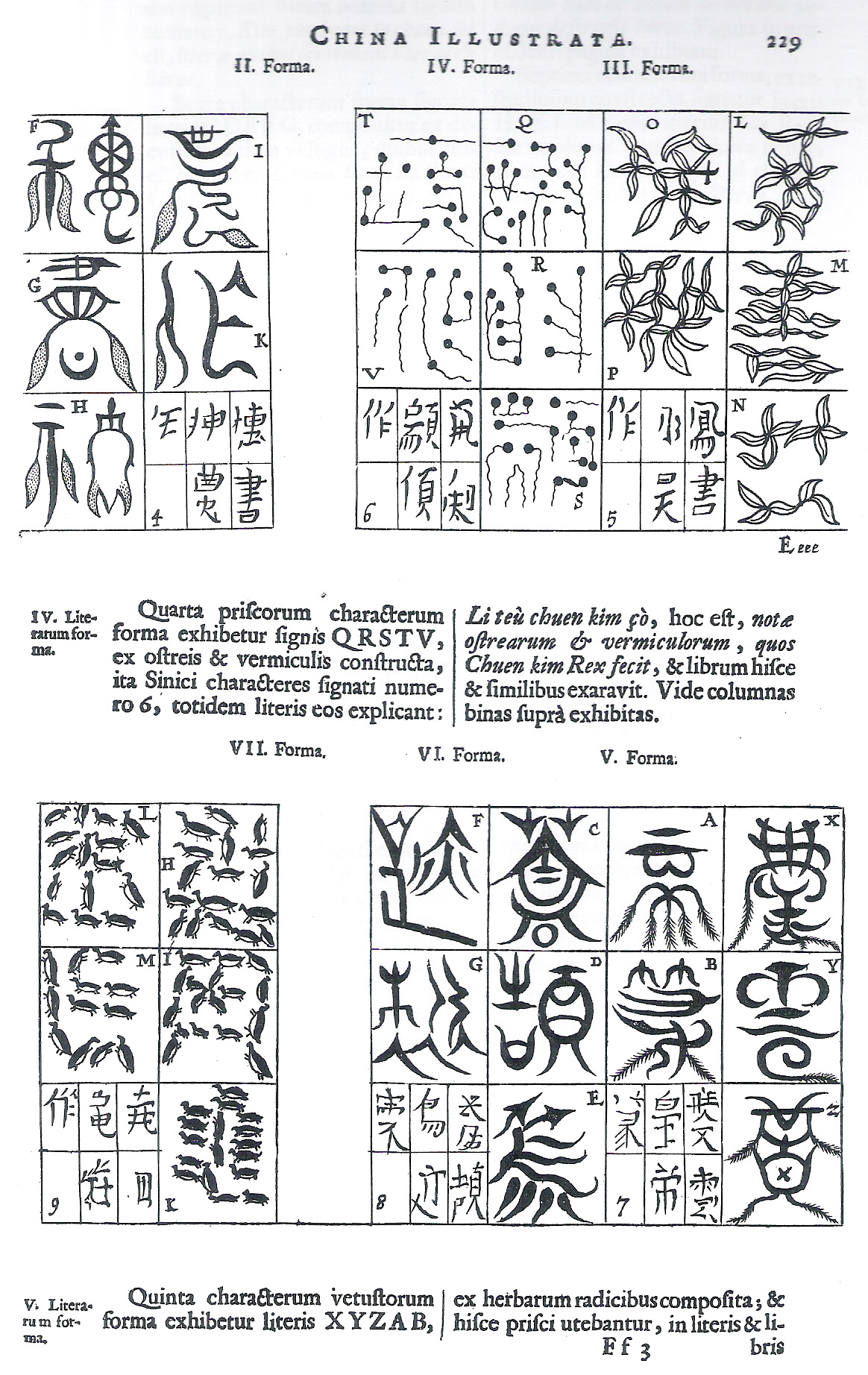|
JCLTA
The Chinese Language Teachers Association (CLTA), founded in 1962, is an American teachers' association devoted to promote the teaching and study of Chinese language and culture. It publishes the '' Journal of the Chinese Language Teachers Association'' (JCLTA), a leading scientific journal in the field of Chinese linguistics, didactics, and literature Literature is any collection of written work, but it is also used more narrowly for writings specifically considered to be an art form, especially prose fiction, drama, and poetry. In recent centuries, the definition has expanded to include .... Articles are available on the CLTA's website after subscription, and in paper form in subscribing libraries. The journal ''Chinese as a Second Language'' (CSL) is a continuation of JCLTA that publishes peer-reviewed original articles in English or Chinese (simplified of traditional characters) that make significant contributions to the theory and/or practice of Chinese as a second lan ... [...More Info...] [...Related Items...] OR: [Wikipedia] [Google] [Baidu] |
Journal Of The Chinese Language Teachers Association
The ''Journal of the Chinese Language Teachers Association'', or ''Zhongwen jiaoshi xuehui xuebao'' (中文教師學會學報), is an academic journal in the field of language education, focusing upon aspects of Chinese as a foreign language, Chinese linguistics, and Chinese literature. It was established in 1966, and is published three times a year by Chinese Language Teachers Association. The current editor in chief An editor-in-chief (EIC), also known as lead editor or chief editor, is a publication's editorial leader who has final responsibility for its operations and policies. The highest-ranking editor of a publication may also be titled editor, managing ... is Zheng-sheng Zhang ( San Diego State University). External linksOfficial website Chinese-language education Multilingual journals Publications established in 1966 Chinese studies journals Triannual journals ... [...More Info...] [...Related Items...] OR: [Wikipedia] [Google] [Baidu] |
Chinese Language
Chinese (, especially when referring to written Chinese) is a group of languages spoken natively by the ethnic Han Chinese majority and many minority ethnic groups in Greater China. About 1.3 billion people (or approximately 16% of the world's population) speak a variety of Chinese as their first language. Chinese languages form the Sinitic branch of the Sino-Tibetan languages family. The spoken varieties of Chinese are usually considered by native speakers to be variants of a single language. However, their lack of mutual intelligibility means they are sometimes considered separate languages in a family. Investigation of the historical relationships among the varieties of Chinese is ongoing. Currently, most classifications posit 7 to 13 main regional groups based on phonetic developments from Middle Chinese, of which the most spoken by far is Mandarin (with about 800 million speakers, or 66%), followed by Min (75 million, e.g. Southern Min), Wu (74 million, e.g. Shangh ... [...More Info...] [...Related Items...] OR: [Wikipedia] [Google] [Baidu] |
Chinese Culture
Chinese culture () is one of the world's oldest cultures, originating thousands of years ago. The culture prevails across a large geographical region in East Asia and is extremely diverse and varying, with customs and traditions varying greatly between Province (China), provinces, Cities of China, cities, and even towns as well. The terms 'China' and the geographical landmass of 'China' have shifted across the centuries, with the last name being the Qing dynasty, Great Qing before the name 'China' became commonplace in modernity. Chinese civilization is historically considered a dominant culture of East Asia. With China being one of the Cradle of civilization#Ancient China, earliest ancient civilizations, Chinese culture exerts profound influence on the philosophy, virtue, etiquette, and traditions of Asia. Chinese characters, Chinese ceramics, ceramics, Chinese architecture, architecture, Chinese music, music, History of Chinese dance, dance, Chinese literature, literature, ... [...More Info...] [...Related Items...] OR: [Wikipedia] [Google] [Baidu] |
Chinese Linguistics
Chinese, also known as Sinitic, is a branch of the Sino-Tibetan language family consisting of hundreds of local varieties, many of which are not mutually intelligible. Variation is particularly strong in the more mountainous southeast of mainland China. The varieties are typically classified into several groups: Mandarin, Wu, Min, Xiang, Gan, Hakka and Yue, though some varieties remain unclassified. These groups are neither clades nor individual languages defined by mutual intelligibility, but reflect common phonological developments from Middle Chinese. Chinese varieties differ most in their phonology, and to a lesser extent in vocabulary and syntax. Southern varieties tend to have fewer initial consonants than northern and central varieties, but more often preserve the Middle Chinese final consonants. All have phonemic tones, with northern varieties tending to have fewer distinctions than southern ones. Many have tone sandhi, with the most complex patterns in the coastal ... [...More Info...] [...Related Items...] OR: [Wikipedia] [Google] [Baidu] |
Chinese As A Foreign Language
Chinese as a foreign or second language is when non-native speakers study Chinese varieties. The increased interest in China from those outside has led to a corresponding interest in the study of Standard Chinese (a type of Mandarin Chinese) as a foreign language, the official language of mainland China, Taiwan and Singapore. However, the teaching of Chinese both within and outside China is not a recent phenomenon. Westerners began learning different Chinese varieties in the 16th century. Within China, Mandarin became the official language in the early 20th century. Mandarin also became the official language of Taiwan when the Kuomintang took over control from Japan after World War II. In 2010, 750,000 people (670,000 from overseas) took the Chinese Proficiency Test. For comparison, in 2005, 117,660 non-native speakers took the test, an increase of 26.52% from 2004. From 2000 to 2004, the number of students in England, Wales and Northern Ireland taking Advanced Level exams in Chi ... [...More Info...] [...Related Items...] OR: [Wikipedia] [Google] [Baidu] |

